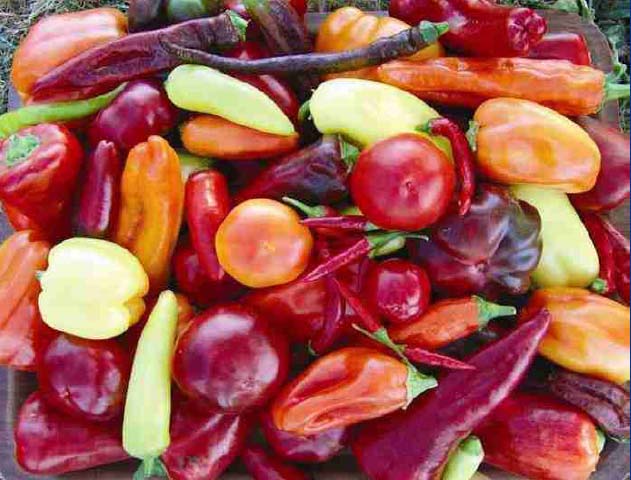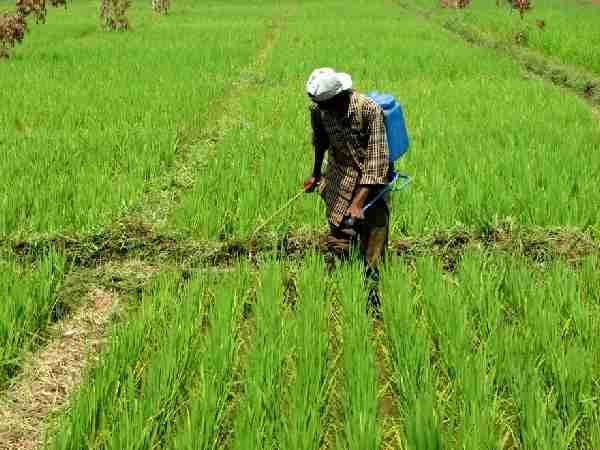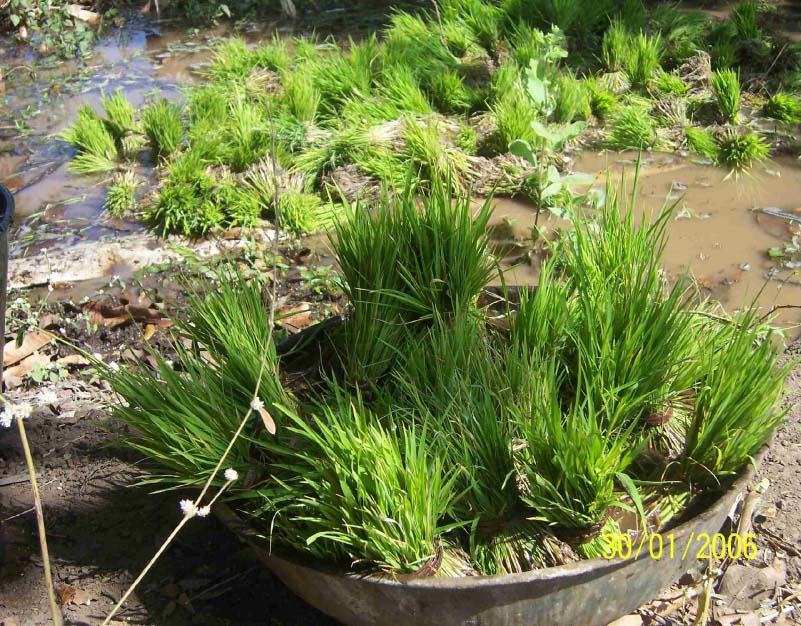Irrigation
Harvest of Grief: A film by Rasil Basu and Ekatra Production that explores the severe agricultural crisis in Punjab
Posted on 22 Mar, 2011 02:48 PM
Measuring irrigation subsidies in Andhra Pradesh and Southern India: An application of the GSI method for quantifying subsidies – A paper by the International Institute for Sustainable Development (IISD)
Posted on 21 Mar, 2011 08:49 AMThe objectives of the study included: i) assessing the application of a common method for measuring irrigation subsidies in order to develop accurate, replicable and reliable subsidy estimates and ii) providing policy advice aimed at improving and standardizing the reporting of data on irrigation subsidies.
Sowing seeds of consciousness - Presentations from the South Asia Conference on "Outstanding Organic Agriculture Techniques", Bangalore organised by OFAI (2009)
Posted on 20 Mar, 2011 06:14 PM This set of presentations from the conference on Outstanding Organic Agriculture Techniques held during September 2009 at Bangalore deals with the conservation of seeds particularly for small subsistence farmers who are not very well linked with local markets and for whom seed production is still an integral part of farming activity seamlessly merged with the growing of crops and the totality of work and life on a farm.
This set of presentations from the conference on Outstanding Organic Agriculture Techniques held during September 2009 at Bangalore deals with the conservation of seeds particularly for small subsistence farmers who are not very well linked with local markets and for whom seed production is still an integral part of farming activity seamlessly merged with the growing of crops and the totality of work and life on a farm.
Promoting plant health and a living soil in organic, natural, sustainable agriculture - Presentations from the South Asia Conference on "Outstanding Organic Agriculture Techniques", Bangalore organised by OFAI (2009)
Posted on 20 Mar, 2011 05:57 PM This set of presentations from the conference on Outstanding Organic Agriculture Techniques held during September 2009 at Bangalore deals with methods for promoting plant health through organic farming.
This set of presentations from the conference on Outstanding Organic Agriculture Techniques held during September 2009 at Bangalore deals with methods for promoting plant health through organic farming.
Healthy fields: Managing plant health
This presentation by S R Sundaraman of Tamil Nadu Farmers Technology Association, Erode on managing plant health begins with an account of the techniques that can be employed in TNRH 29 rice through organic SRI methods. The following are recommended in harvesting stage – (a) four irrigations with fruit gaudi (b) two applications of MEM (c) application of four sprays and (d) four applications of parasites. The growth promoters used are Archea solution, Concentrated Amudham Sol, Panchakavya, Butter Milk Sol, Fish/Egg Extract, Leaf Extract Solution-pest control and TFPE-MN Supplements. Apart from rice, the other crops dealt with are maize, kadali banana, turmeric, sugarcane and vegetables.
Introduction to organic, natural, sustainable agriculture - Presentations from the South Asia Conference on "Outstanding Organic Agriculture Techniques", Bangalore organised by OFAI (2009)
Posted on 20 Mar, 2011 05:44 PM This set of presentations from the conference on Outstanding Organic Agriculture Techniques held during September 2009 at Bangalore provides an introduction to organic farming, and bringing together various issues related to organic farming.
This set of presentations from the conference on Outstanding Organic Agriculture Techniques held during September 2009 at Bangalore provides an introduction to organic farming, and bringing together various issues related to organic farming.
Organic farming can feed the world
This presentation by Claude Alvares, deals with the work of India’s organic farming community and the Organic Farming Association of India (OFAI). It states that the best organic farmers look to the forest for their learning. It details out how one raises plants (or trees) without – (a) NPK (b) Dams and canal irrigation (c) Tractors (d) Pesticides, weedicides, fungicides, homicides (e) Bank credit or bank extension officers (f) Agricultural scientists or universities (g) Negative environmental effects like climate change and (h) Water pollution.
Socio-economic implications of depleting groundwater resource in Punjab: A comparative analysis of different irrigation systems - An EPW paper
Posted on 01 Mar, 2011 06:00 PMIt argues that while the consequences of negative groundwater draft have mostly been viewed as an ecological disaster, the externalities of groundwater depletion pose greater concern for socio-economic equity in the access to this resource.
Ancient, traditional water and agricultural management systems - A collection of papers from the national seminar on water and culture, organised at Hampi, by Sahayoga and Kannada University (2007)
Posted on 14 Feb, 2011 06:28 AMA National Seminar on Water and Culture was organised by Sahayoga and Kannada University between June 25-27 2007. The seminar was intended to provide useful documentation to those working on water and agricultural management systems, those interested in integrating these traditional techniques with modern practices and to those working towards providing sustainable access to water and food, for all common citizens.
Two ancient irrigation systems of India - Paper presented at the National Seminar on Water and Culture (2007)
Posted on 14 Feb, 2011 05:03 AMThe Phad system of irrigation, is found in Maharashtra over the rivers Panzara, Girna and Burai, which are tributaries of Tapi.
Water conservation in the dry regions of India for sustainable agriculture - Paper presented at the National Seminar on Water and Culture (2007)
Posted on 14 Feb, 2011 04:31 AMThis paper attempts to discuss farm water conservation techniques and multiple cropping patterns with the idea of minimising water use. The authors provide a glimpse of agricultural facts that include total geographical area, net sown area etc. They provide population trends in the country to point out to the water and food stress.





